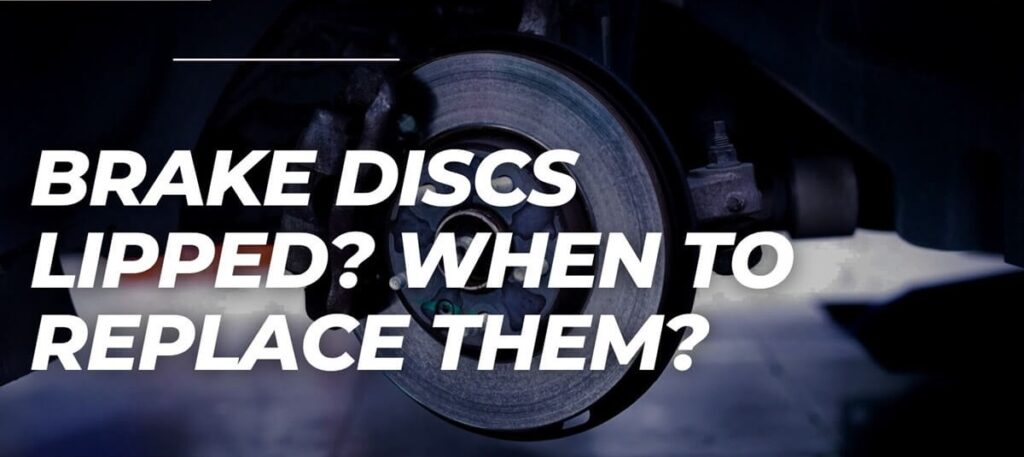Are you wondering about the meaning of “Brake discs are lipped”? Do you worry about the condition of your vehicle’s brakes and often wonder about their lifespan? Don’t fret; I have it all covered for you in this guide.
In this write-up, I will provide you with brake discs lipped meaning, list some reasons leading to lipped brake discs, and suggest some fixes and precautions for you.
Note: To get air out of brake lines without bleeding, try these methods gravity or manual bleeding, vacuum pump bleeding, pressure bleeding, etc.
What Is the Meaning of Lipped Brake Discs?
As mentioned above, lipped brake discs are a condition or scenario when a lip-like formation develops on the brake discs, especially its outer edges. The lips develop on the ridges of the brake discs because of their worn-out condition over time.
With the passage of time, the brake pads coming in contact with the disc as you apply the brakes result in the outer part of the disc wearing out. If you are still unsure how the whole phenomenon of lipped brake discs works, here is a quick breakdown.
- Wearing of Brake Pad: When brakes are applied, the brake pads come in contact with the brake disc, generating friction needed to slow down or stop the car. The heat from this friction can likely cause the brake pad material to wear down as time passes.
- Outer Edges: Though the constant friction between the disc and pads causes the disc surface to wear down, this wear is not even across the entire disc surface. The outer surface or the disc’s ridges can get damaged much quicker than the inner parts.
As the outer edges or ridges of the discs wear down, this causes the formation of a lip-like structure. This lip is a raising across the entire circumference of the brake disc.
What Are the Causes of Brake Discs Lipped?
Once you have understood what a lipped brake disc is and what leads to the formation of the lip-like structure on the disc surface, let me now provide you with a list of possible causes.
1. Uneven Brake Pads
One of the primary reasons for lip-like formations on the edges of brake discs is uneven wear of brake pads. As the brake pads come in contact with the discs, they cause some damage to them due to friction.
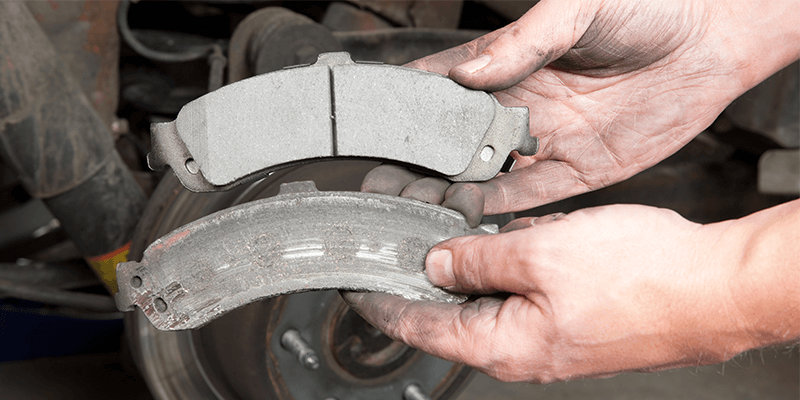
However, this damage is generally caused unevenly, i.e., ridges get damaged first compared to the inner part. When this happens, you might notice lipped brake discs.
2. Braking Habits
If you are an aggressive driver and apply brakes too rigorously too often, this can speed up the wearing out process of brake pads, forming lips on brake discs.
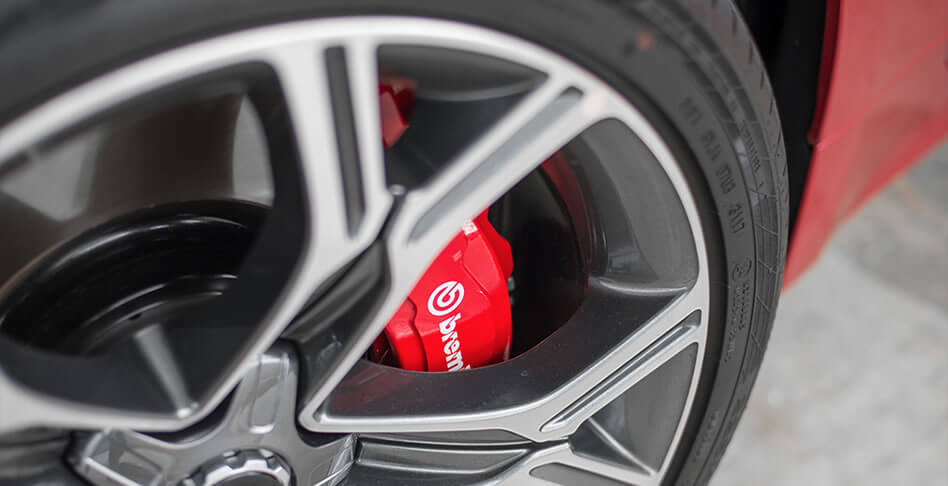
3. Rust
When the braking components, i.e., brake discs, brake pads, etc., aren’t taken care of, and you forget to oil them every few weeks, rust can begin consuming them, leading to their wear out. This can eventually lead to the appearance of lips on the brake discs.
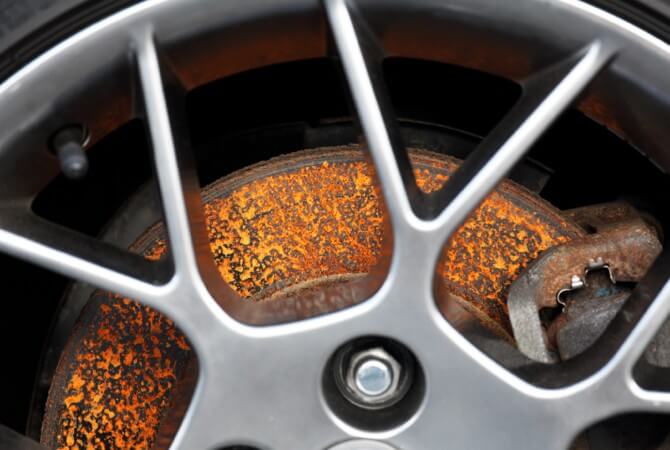
Note: If this is your first time lubricating the brake components, check out the below video to learn how this can be done.
4. Suspension Components
If the suspension components are worn out, the alignment of the wheels can be affected, leading to uneven wear of the brake components. This can be one of the leading causes of lipping of brake discs.
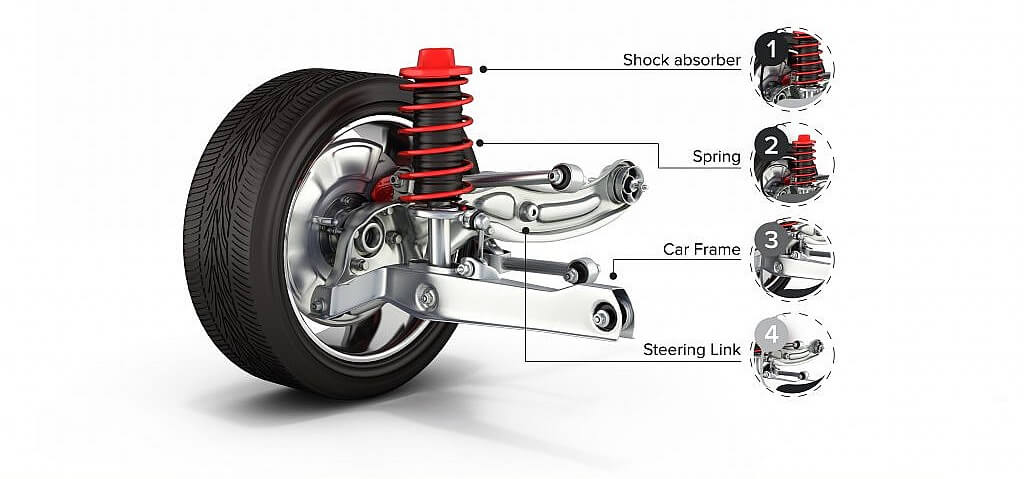
Note: Is your brake pedal stiff, and the car won’t start? Learn about it here.
How To Fix Lipped Brake Discs?
Knowing the causes of the lipped brake discs is crucial in determining what can be done to prevent this damage. Here are a few of the fixes you can try to fix lipped brake discs:
- Machining or resurfacing the brake discs is the first thing you can do to fix the lipped discs. You generally remove the damaged part to even out the entire disc surface for this process.
- If the lip on the disc surface is too pronounced or prominent that repairing or resurfacing the disc surface won’t do any good, you can consider disc replacement.
- Replace the worn-out or damaged brake components, such as suspension, brake pads, etc.
- Keep the brake components lubricated to avoid rust or corrosion.
Conclusion
In this write-up, I helped you understand the meaning of lipped brake discs and listed some possible causes of the damage.
I also provided you with a list of possible fixes you can try to fix lipped brake discs. Hopefully, this guide will help you fix any problems with your vehicle’s brake discs to enjoy a smooth and hassle-free driving experience.


